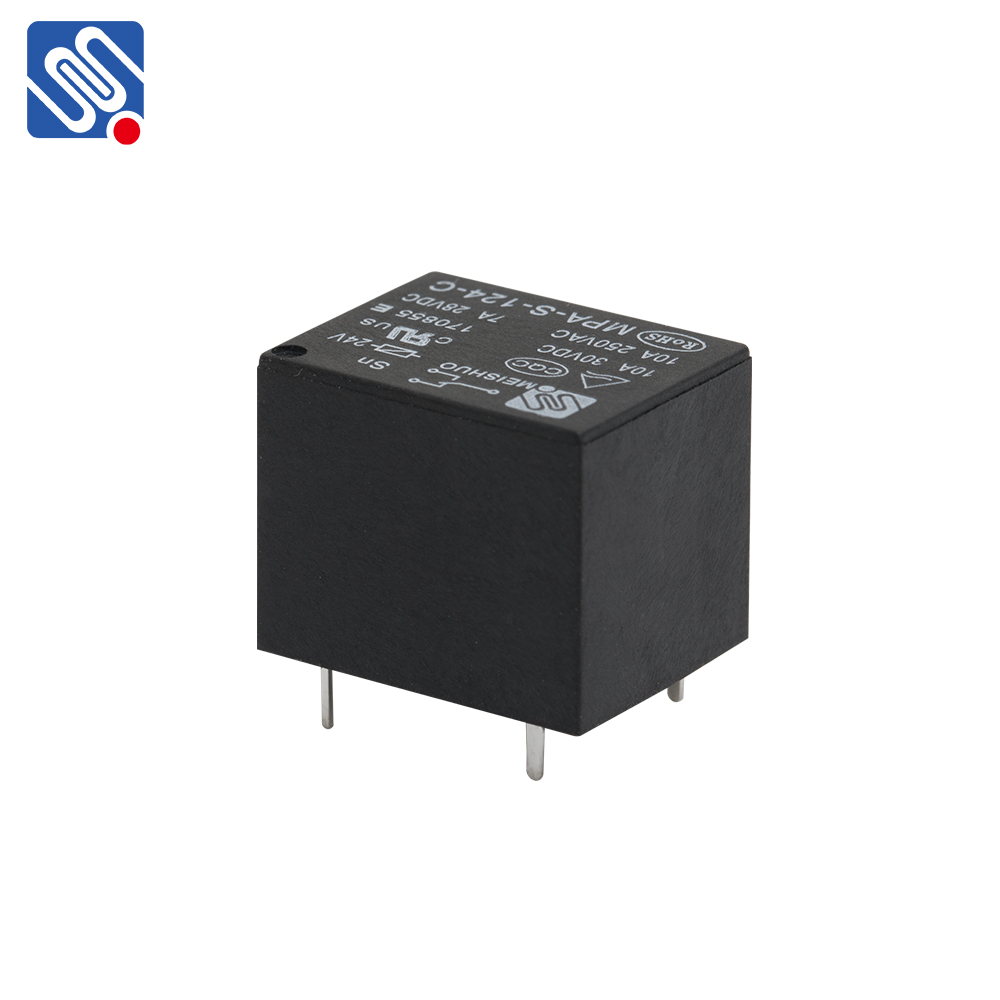A relay drive is a fundamental component in modern electrical and electronic systems, enabling the control of high-power circuits using low-power control signals. This device is often used to isolate and switch electrical devices, acting as a crucial link in systems that require automation, safety, and precision. In this article, we will explore the function, operation, and various applications of relay drives, as well as their significance in modern technology.

What is a Relay Drive? A relay drive, in its simplest form, is a circuit or system that activates a relay. A relay, which is an electrically operated switch, allows a small electrical signal to control a larger, high-power circuit. The relay drive provides the necessary current and voltage to energize the relay’s coil, causing the relay’s contacts to open or close, thereby controlling the connected load. Relays are electromagnetic devices with a coil, a set of contacts, and an armature. When current flows through the coil, it generates a magnetic field that attracts the armature, causing the contacts to change their state. This switching action allows the relay to control high-power equipment with a low-power signal, making it an essential tool in a variety of electronic and electrical applications.
Leave a Reply